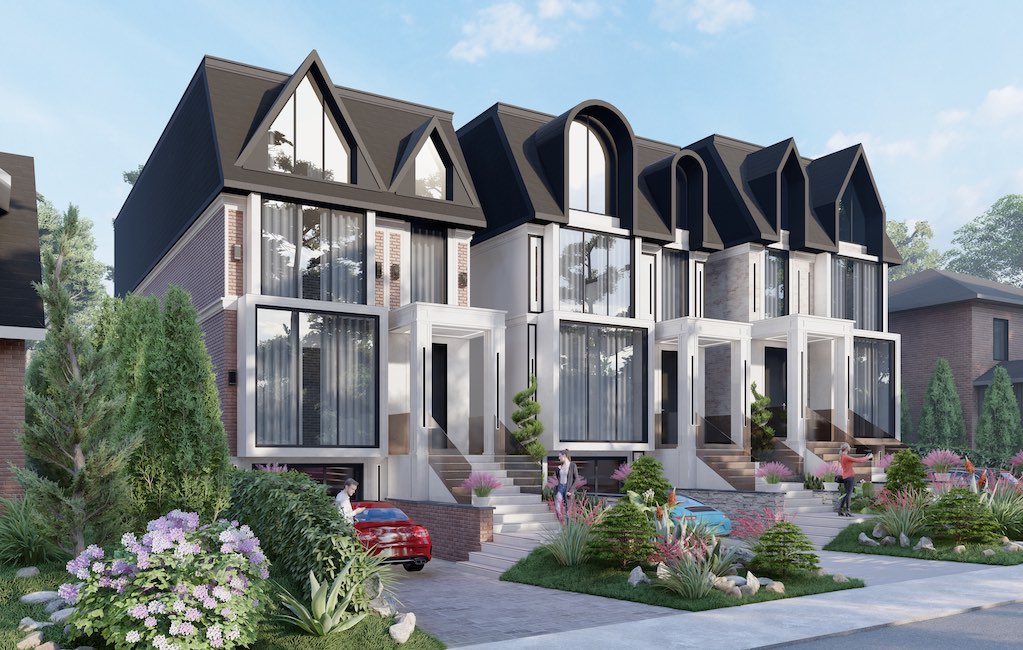HVAC Engineering and Design Services | Advanced Solutions by ITHD
Introduction to HVAC Design
HVAC design services are at the heart of creating comfortable, energy-efficient, and sustainable indoor environments for both residential and commercial spaces. This essential service ensures that heating, ventilation, and air conditioning systems are perfectly tailored to the specific requirements of each building, promoting optimal air quality, temperature control, and overall energy efficiency. Our section dives into the importance of HVAC design and its impact on construction and renovation projects.

Why HVAC Design Matters?
The importance of HVAC design cannot be overstated. It directly influences the comfort of inhabitants, the operational cost of buildings, and the environmental footprint of our communities. Proper HVAC design ensures that systems are not only effective but also economical and eco-friendly. It addresses critical factors such as climate, building size, and usage patterns to deliver solutions that are both practical and sustainable. This section explores the crucial role of HVAC design in achieving comfortable, efficient, and healthy indoor environments.
Our HVAC Design Services
We offer a comprehensive suite of HVAC design services tailored to meet the unique challenges of your project. Our expertise includes:
Custom HVAC System Design
Creating bespoke solutions that fit the specific needs of your space, whether it's a cozy home or a sprawling commercial complex.Sustainable Design Solutions
Integrating eco-friendly practices into our designs to support environmental sustainability.Energy Efficiency Optimization
Employing the latest technologies and methodologies to ensure your HVAC system operates at peak efficiency, reducing energy costs and environmental impact.Retrofit and Upgrade Plans
Updating existing systems to modern standards for efficiency, reliability, and performance.Indoor Air Quality Improvement
Focusing on solutions that enhance air quality, promoting health, and well-being for occupants.Comprehensive System Analysis and Reporting
Providing detailed assessments to inform better decision-making and ensure compliance with all relevant standards and regulations.
How It Works
1
Preliminary Site Assessment
This initial stage involves evaluating the existing conditions of the site, including topography, soil characteristics, existing water bodies, and the overall landscape. The goal is to understand the natural drainage patterns and identify potential challenges.
2
Hydrological Analysis
At this stage, the team conducts a detailed study of the hydrology of the area. This includes estimating the volume and rate of surface runoff based on rainfall data, soil absorption rates, and the impact of existing or planned structures. This analysis helps in designing a system that can handle the anticipated water flow efficiently.
3
Design Development
With the data gathered from the assessment and analysis stages, the design team develops a comprehensive drainage system. This system may include components such as catch basins, culverts, ditches, storm sewers, and retention or detention ponds. The design aims to manage stormwater runoff, prevent flooding, and ensure that water is directed away from structures to appropriate outlets or absorption areas.
4
Regulatory Compliance and Permitting
Before the implementation of the drainage design, it is crucial to ensure that the plan complies with local, state, and federal regulations. This stage involves submitting the design for review by relevant authorities and obtaining the necessary permits. Compliance ensures the protection of water quality and adherence to environmental conservation standards.
5
Implementation and Construction
Once approvals are obtained, the construction of the drainage system begins. This stage requires careful coordination to ensure that the implementation matches the design specifications. It may involve earthmoving, installation of pipes and culverts, construction of retention ponds, and other related activities.
6
Monitoring and Maintenance
After the drainage system is implemented, it's important to establish a schedule for regular monitoring and maintenance. This ensures the system continues to function as designed, addressing any issues such as blockages, erosion, or damage promptly to maintain its efficiency and longevity.
Why Choose Us
Our team is dedicated to ensuring that your project not only meets but exceeds expectations, from the ground up.
Expertise and Experience
Leverage our deep knowledge and years of experience in HVAC design to achieve superior outcomes.Innovative Approach
We stay at the forefront of HVAC technology and trends to offer you the best possible solutions.Customized Solutions
Benefit from solutions specifically designed to meet the unique needs and challenges of your project.Comprehensive Service
From initial assessment to post-implementation support, we're with you every step of the way.Sustainability Commitment
Our designs prioritize energy efficiency and environmental responsibility.Client-Centric Approach
Your satisfaction is our top priority, and we strive to exceed your expectations at every turn.
We CREATE BEST HOUSES IN GTA
GALLERY OF OUR PROJECTS
GET PROFESSIONAL CONSULTATION Free 30 minutes consultation |















